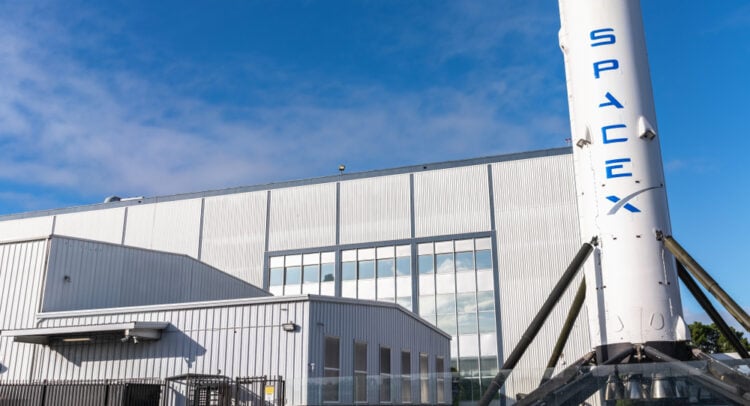New updates have been reported about SpaceX (PC:SPXEX)
Elevate Your Investing Strategy:
- Take advantage of TipRanks Premium at 50% off! Unlock powerful investing tools, advanced data, and expert analyst insights to help you invest with confidence.
The Federal Aviation Administration (FAA) has granted SpaceX approval to conduct the ninth test flight of its Starship rocket system, following previous incidents that resulted in explosions. The FAA’s decision comes with an expansion of hazard areas, both domestically and internationally, based on updated safety analyses provided by SpaceX. This adjustment reflects an increased probability of vehicle failure, necessitating larger no-fly zones to mitigate potential debris impact. The newly defined hazard area spans approximately 1,600 nautical miles eastward from Texas, extending through the Bahamas and Turks and Caicos, doubling the size from the last test flight in March.
SpaceX’s ongoing Starship tests, conducted from its southern Texas launch complex, are part of the company’s broader strategy to enhance its launch capabilities. While CEO Elon Musk envisions Starship as a means to transport humans to Mars, its immediate goal is to bolster SpaceX’s ability to deploy more Starlink satellites into Earth’s orbit. This aligns with SpaceX’s commitment to providing enhanced mission capabilities to NASA and the Department of Defense. Currently, SpaceX relies on its Falcon 9 rockets for Starlink launches, a service in high demand. The FAA’s requirement for SpaceX to conduct test flights during non-peak travel times aims to prevent disruptions experienced during previous mishaps, which affected numerous flights. As SpaceX continues to refine its Starship system, the company remains focused on expanding its satellite internet service and meeting increasing global demands.
















